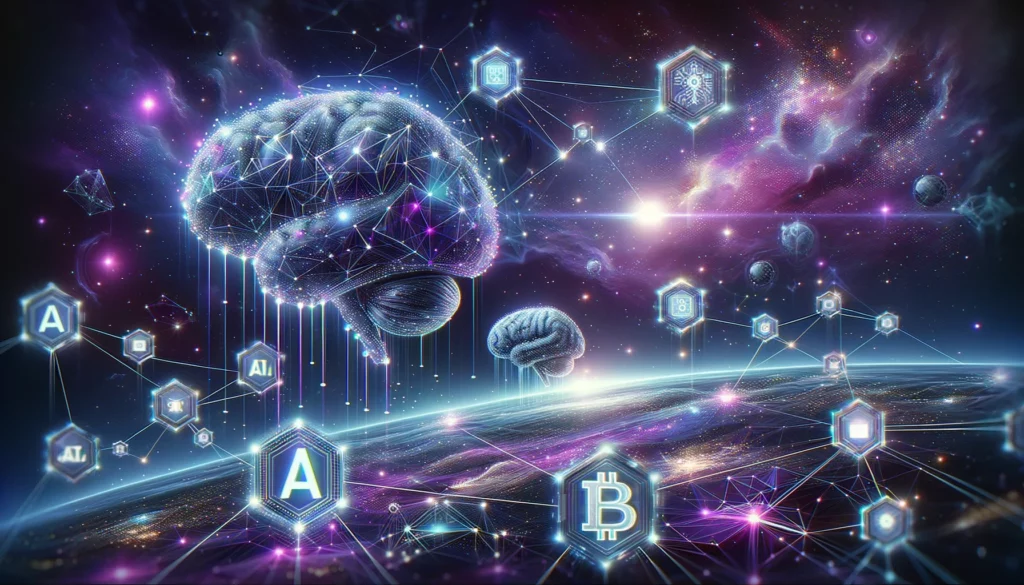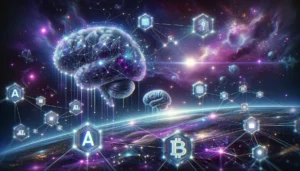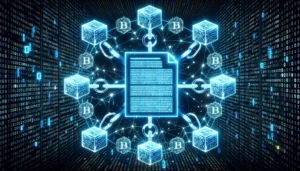AI-Driven Cybersecurity in Web3 & Blockchain

The emergence of Web3 and blockchain technologies has ushered in a new era of digital transformation, promising decentralized and secure platforms for various applications, including transactions, data storage, and smart contracts. However, with these revolutionary technologies come a host of cybersecurity challenges, necessitating innovative solutions. As the digital landscape becomes increasingly complex, traditional security measures often prove inadequate in countering evolving cyber threats. This is where Artificial Intelligence (AI) cyber solutions come into play, serving as a pivotal component in safeguarding the security and integrity of Web3 and blockchain platforms.
The Web3 and Blockchain Landscape
Web3 signifies the next phase of the internet’s evolution, characterized by decentralized, peer-to-peer networks, heightened privacy, and the incorporation of blockchain technology. Blockchain, in contrast, stands as a distributed ledger technology renowned for its transparency, security, and immutability. Together, these technologies facilitate a myriad of applications, from decentralized finance (DeFi) and non-fungible tokens (NFTs) to supply chain management and digital identity solutions.
Although Web3 and blockchain offer substantial advantages, they are not invulnerable to cyber threats. Malicious actors continuously devise novel and sophisticated attack methods that target vulnerabilities within these platforms, putting sensitive data, digital assets, and smart contracts at risk. The demand for robust cybersecurity measures within the realm of Web3 and blockchain has never been more pressing.
The Role of AI in Cybersecurity
Artificial Intelligence (AI) plays a pivotal role in combating cyber threats. Its ability to process vast volumes of data, recognize patterns, and adapt to emerging threats positions it as an indispensable component of modern cybersecurity strategies. How AI cyber solutions address the distinctive challenges posed by Web3 and blockchain?
Threat Detection and Prevention. AI-powered systems excel at identifying anomalies and potential threats within blockchain networks. They analyze transaction patterns, detect suspicious activities, and trigger alerts or automatic preventive actions, such as freezing assets or locking smart contracts.
Real-time Monitoring. Web3 and blockchain operate in real-time. AI systems engage in continuous monitoring of network traffic, ensuring prompt responses to emerging threats, fraudulent attempts, and vulnerabilities.
Dynamic Threat Intelligence. AI systems acquire knowledge and adapt from past attacks, disseminating this intelligence across networks to provide real-time threat insights. This collaborative approach fortifies the overall resilience of the Web3 and blockchain ecosystem.
Smart Contract Security. AI is proficient in scrutinizing smart contract code to pinpoint vulnerabilities that could lead to exploits or breaches. AI-driven tools prove invaluable in auditing and securing smart contracts, consequently diminishing the risk of hacks.
Data Privacy and Compliance. AI is instrumental in preserving data privacy and ensuring compliance with evolving regulations. It can discern and safeguard sensitive data while assisting organizations in conforming to data protection and regulatory requirements.
User Authentication. AI can elevate user authentication methods by incorporating biometric identification and behavioral analysis, consequently mitigating the risks of identity theft and unauthorized access.
Challenges and Considerations
While AI offers robust solutions for Web3 and blockchain security, several challenges and considerations are pivotal in achieving effective cybersecurity:
Data Privacy. The utilization of AI in security mandates the handling of extensive data volumes, which can raise privacy concerns. Organizations must implement stringent data protection measures to maintain user trust.
AI Ethics. Ensuring the responsible and ethical use of AI is imperative. This encompasses addressing potential biases that AI systems may inherit from training data and proactively resolving these issues.
Regulatory Compliance. Web3 and blockchain platforms may span multiple jurisdictions, each featuring its regulatory landscape. Adhering to global and local regulations is indispensable.
Resource Requirements. The implementation of AI solutions can be resource-intensive, necessitating both hardware and skilled personnel. Organizations should undertake meticulous planning in this regard.
The Future of Web3 and Blockchain Security
As Web3 and blockchain technologies continue to gain prominence and revolutionize various industries, the necessity for AI-driven cybersecurity solutions becomes increasingly evident. The synergy between AI and blockchain creates fresh prospects for secure, transparent, and efficient digital ecosystems. By embracing AI cyber solutions, organizations can bolster their defenses, ensuring that the promises of Web3 and blockchain are realized without compromising security. As the digital landscape evolves, the partnership between AI and blockchain is poised to become a cornerstone of future cybersecurity strategies.










